08 Jul Smooth, Blurred Backgrounds for Macro Photography
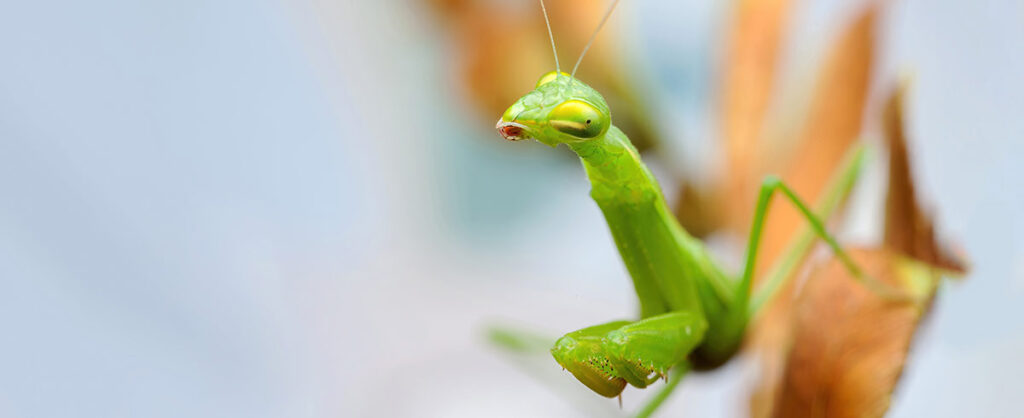
Very similar to Portrait Photography, a smooth and blurred background makes your subject stand out in Macro Photography, too.
A blurred background is less distracting from your subject and does not compete with the many textures and details of it.
However it can be challenging to find just the right settings for both your camera and flash to achieve the perfect ratio between focus (for details and texture) and blur.
While you would want many details and a less blurred background for in-situ macro shots often, for portraits it is often exactly the other way round, as you want the focus right on your subject, or even just specific parts, like the eyes.
Here are two examples of the before mentioned cases.
While the portrait on the left benefits from a blurry background, the wider shot on the right is intended to show the habitat of the specimen as well and hence benefits from a less blurred background to show more details and textures.
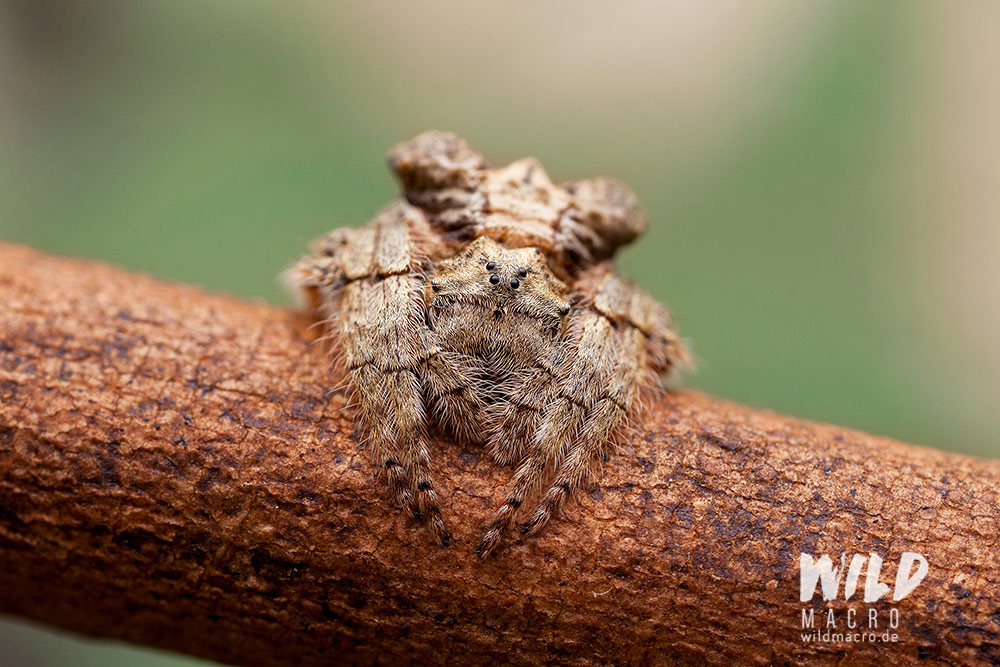
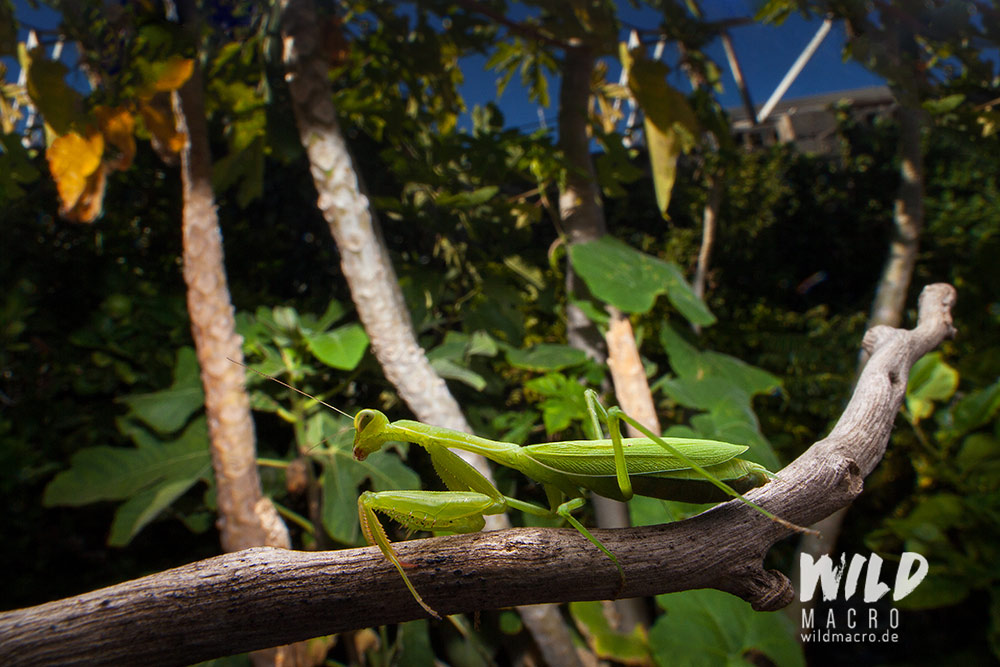
With the following techniques and tips you will be able to control your backgrounds and create smooth and blurred backgrounds for your macro photos.
Isolating your subject from the background
Isolating your subject from the background is a very effective technique in macro photography to guide the focus of the viewer.
A smooth and blurred background is not only a way to achieve that, but also an important esthetic element.
It is however the opposite of what you would want for your subject:
While an out-of-focus background works great for isolation purposes, you would want your subject and its key features, often the eyes, in perfect focus.
Since the foreground-background relation has a strong impact on the photo, it should be mentioned, that this is a matter of personal taste.
An out-of-focus background is not always desired, especially when you are aiming at showing the habitat of the animal.
Wide-angle lenses will often have a greater depth of field and show more of the background than a dedicated true macro lens at high magnifications.
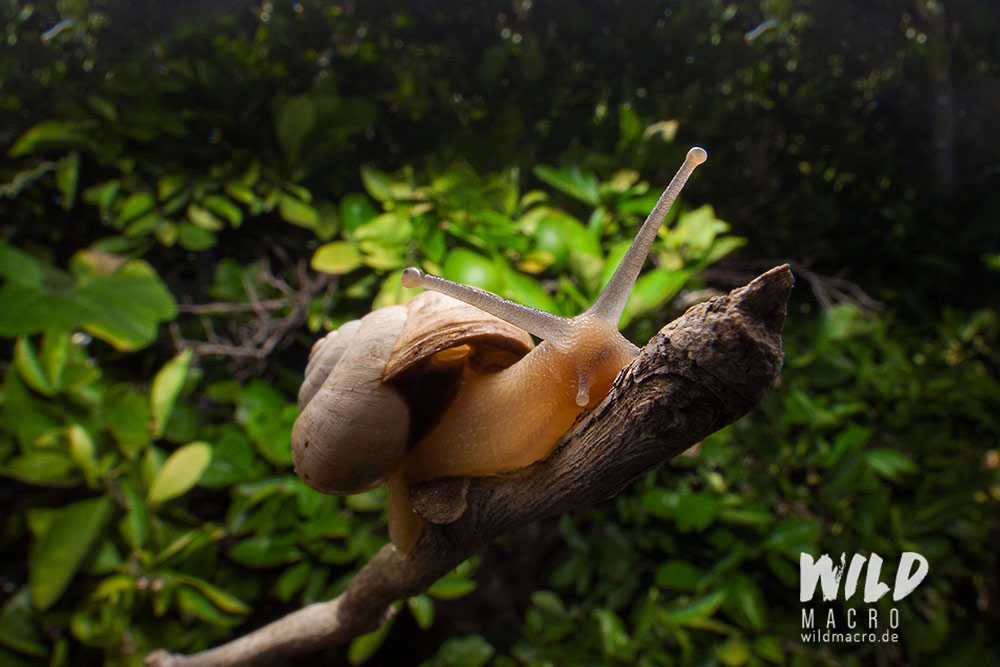
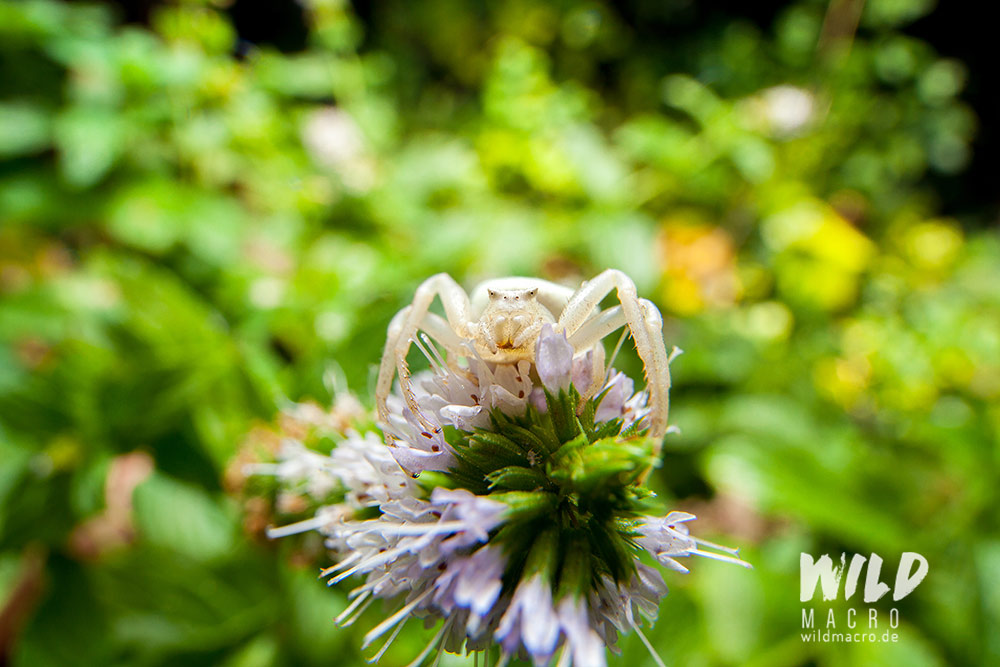
If you like to present your subject on a blurred, non-distracting background though, there are several factors which can help you achieve that.
How to get a smooth & blurred background in macro photography
Distance to your subject
The closer you are to your subject, the more out of focus (and hence blurred) the background will be (regarding the relation between subject and background).
In macro photography the depth of field (DOF) is often so shallow, that getting close to your focus point will automatically intensify the level of blur in the background.
This factor directly connects to the next one.
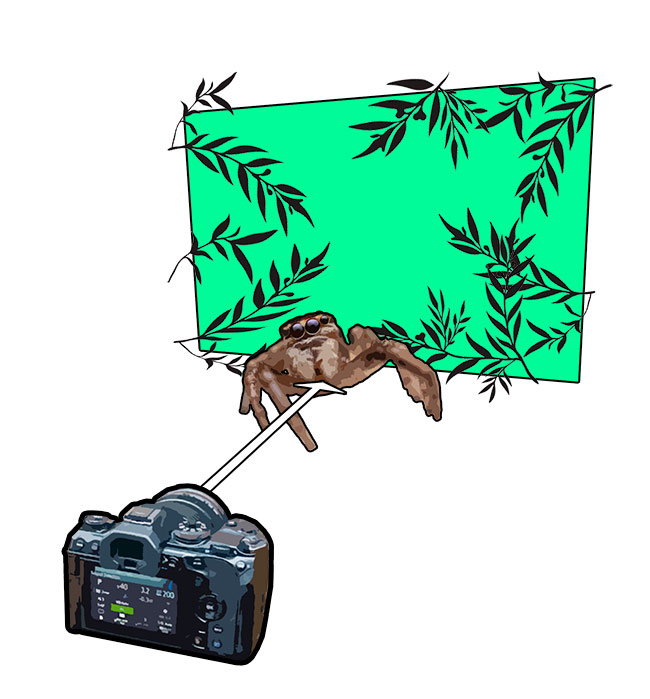
Distance between subject and background
The greater the distance between your subject in focus and the background, the more out-of-focus the background will be.
Adjusting your angle can enhance this effect, as you can read in the next section.
Keep in mind that the further away your background is, the darker it will most probably be, especially when you are using a speedlite.
The flash will primarily hit the subject and not illuminate the background, if the emitted light cannot reach it, hence resulting in an underexposed background.
If the background is hit by direct sunlight, this will considerably brighten it up.
Alternatively you could use additional flashes or reflectors for the background, too.
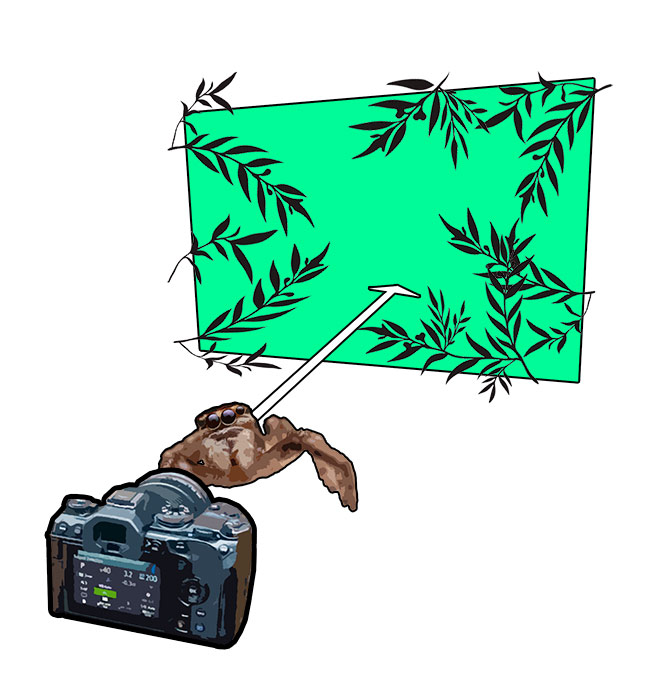
Get on eye-level with your subject
Bringing your subject parallel and in direct line with the background enables you to effectively adjust the amount of blur the background will have.
If you want to retain some structures in the background, you might adjust the angle to have a leaf just a few centimeters behind the subject for example.
Different values and even structures might still be visible if it is close enough, while there can still be good isolation of the subject depending on magnification and aperture.
It is, like so often, a matter of experimenting and experience.
Try different approaches, different angles, different distances and you will soon instantly know, what is the best pose and angle to get the desired shot.
While it is often nice to have a completely smooth and blurred background, retaining some structure in it, can guide the eye and and give it more to look at.
Keep in mind though, that structures in the background can also have the opposite effect and take the view away from the subject and distract.
The line between these two states is often a very thin one.
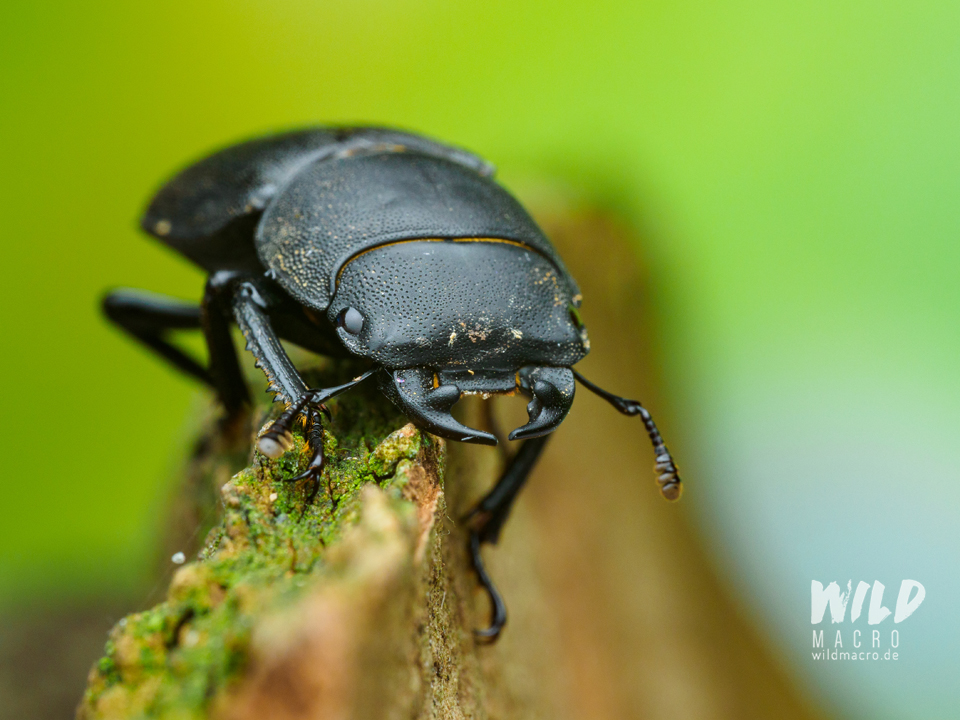
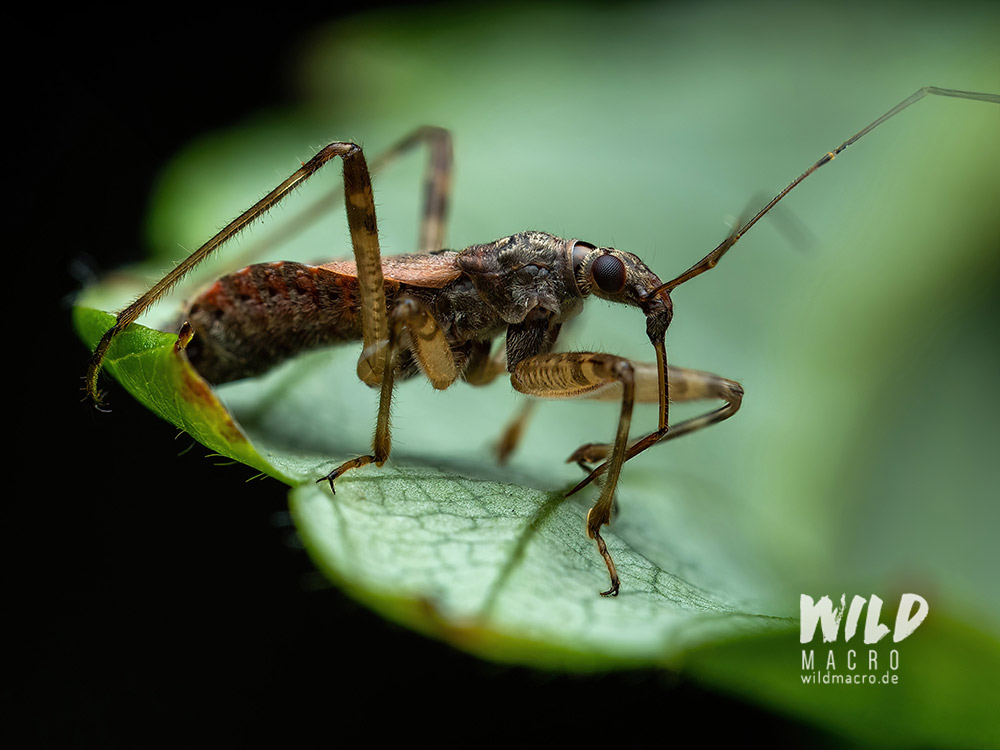

Open the aperture for a shallow Depth-of-field (DOF)
Photographing with a wide aperture setting results in less details and texture of the background, as the depth-of-field decreases when the aperture is opened more.
At the same time, we get more texture and details in the background if we close the aperture.
We will use this effect to get a smooth and blurred background but have to find the ideal middle ground, where we can balance a smooth background with enough depth-of-field in the subject to get all the important features in focus.
Sometimes this will require us to use focus stacking, to get enough depth-of-field in the subject, while using a wider aperture for smoother backgrounds.
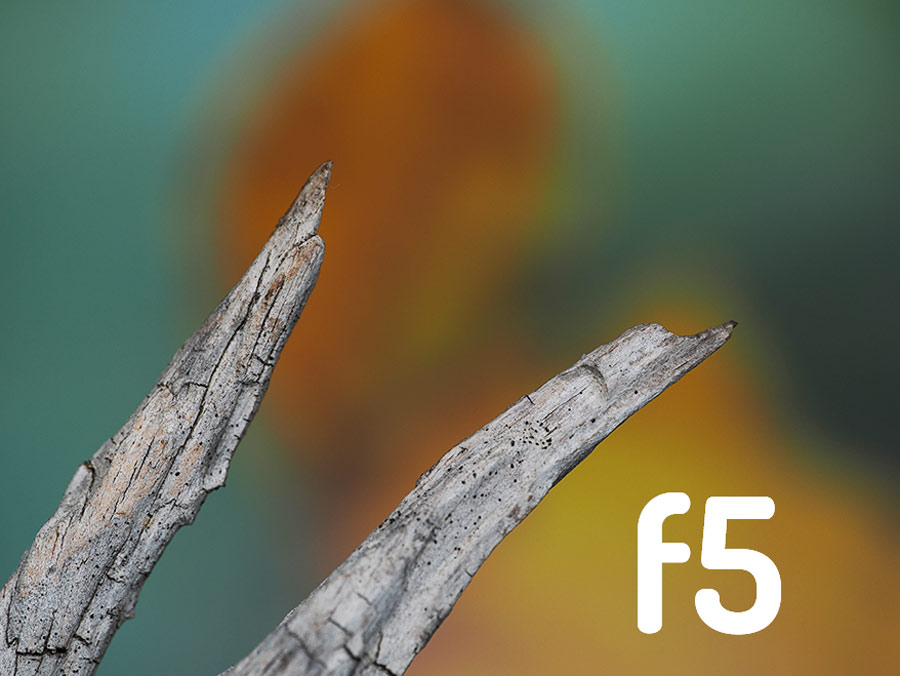
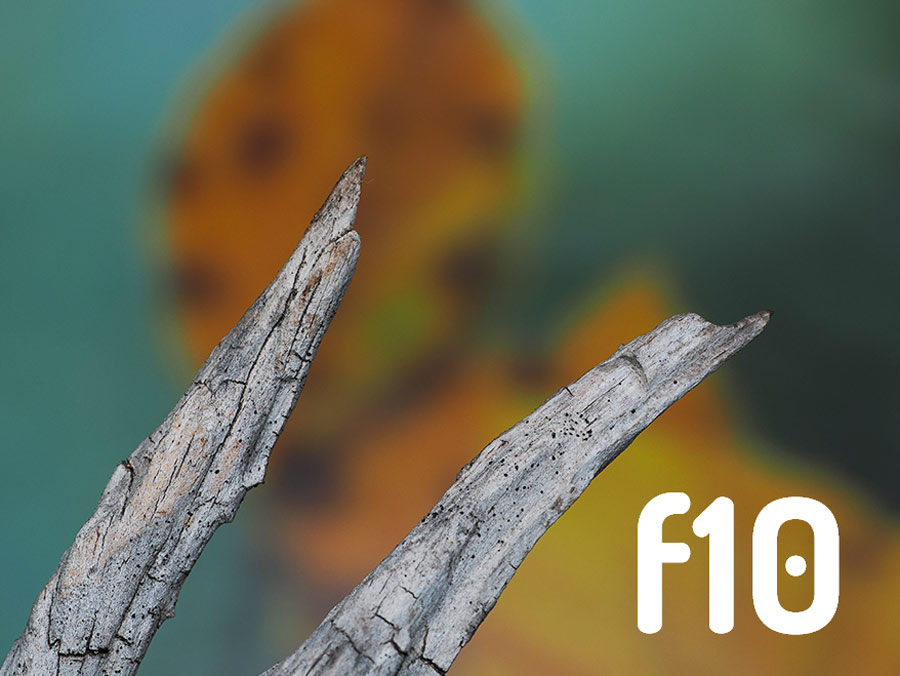
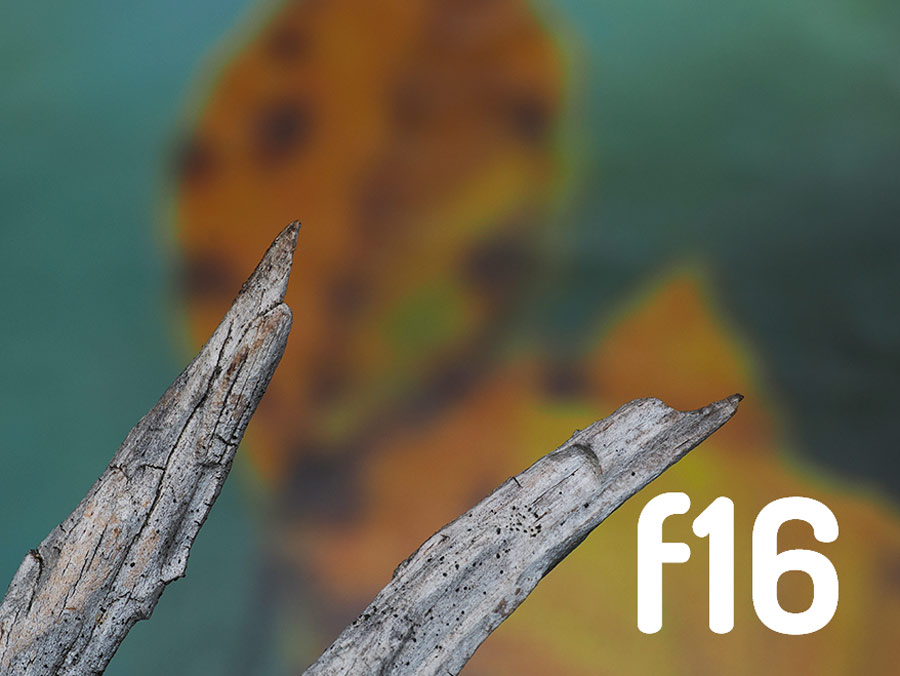
Break the rules
As always, rules are also there to be broken from time to time, and getting on eye-level is not always the best choice.
Experiment and quickly change your vertical position to see what angle might work best in a specific situation.
Changing the angle just slightly can result in considerably altered images, as seen in the following photos (uncropped, original frame).
These were taken only seconds apart but the change of angle gave me two (updated: three) very different photos.
The square crop for social media intensifies the effect.
I have added a third variant as well to illustrate how much slight changes of angle can alter the results.
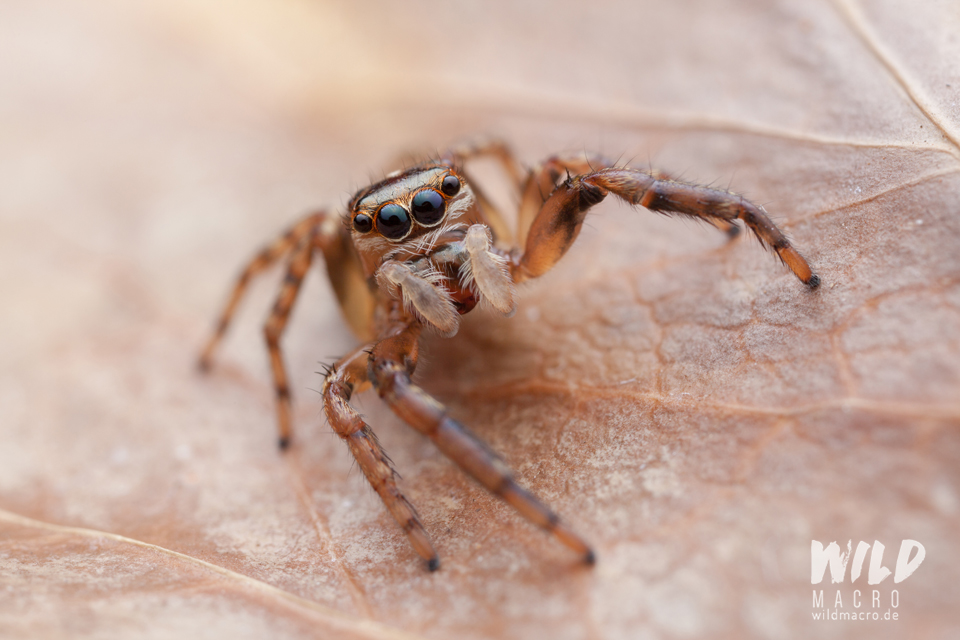
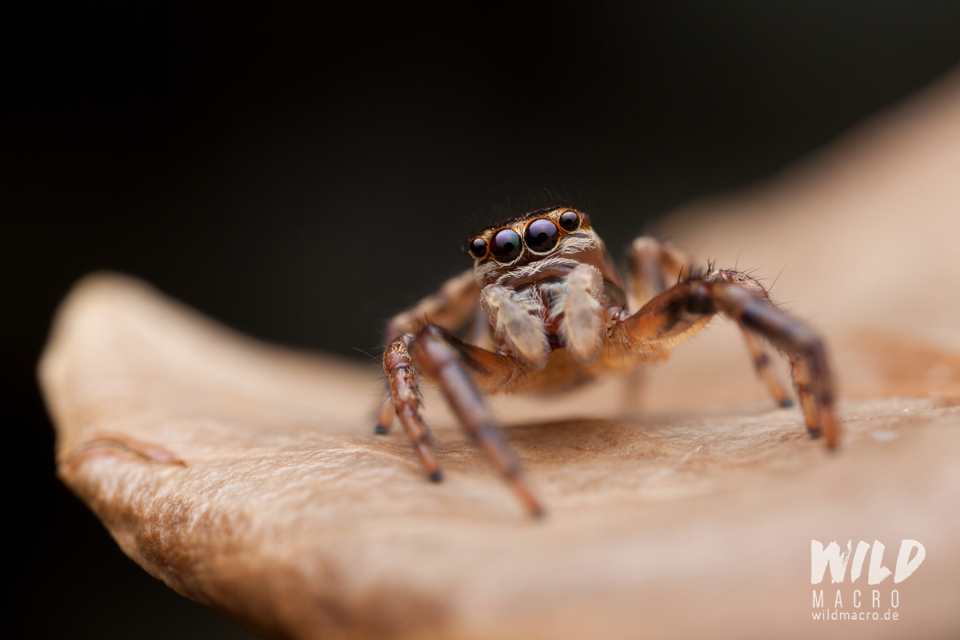
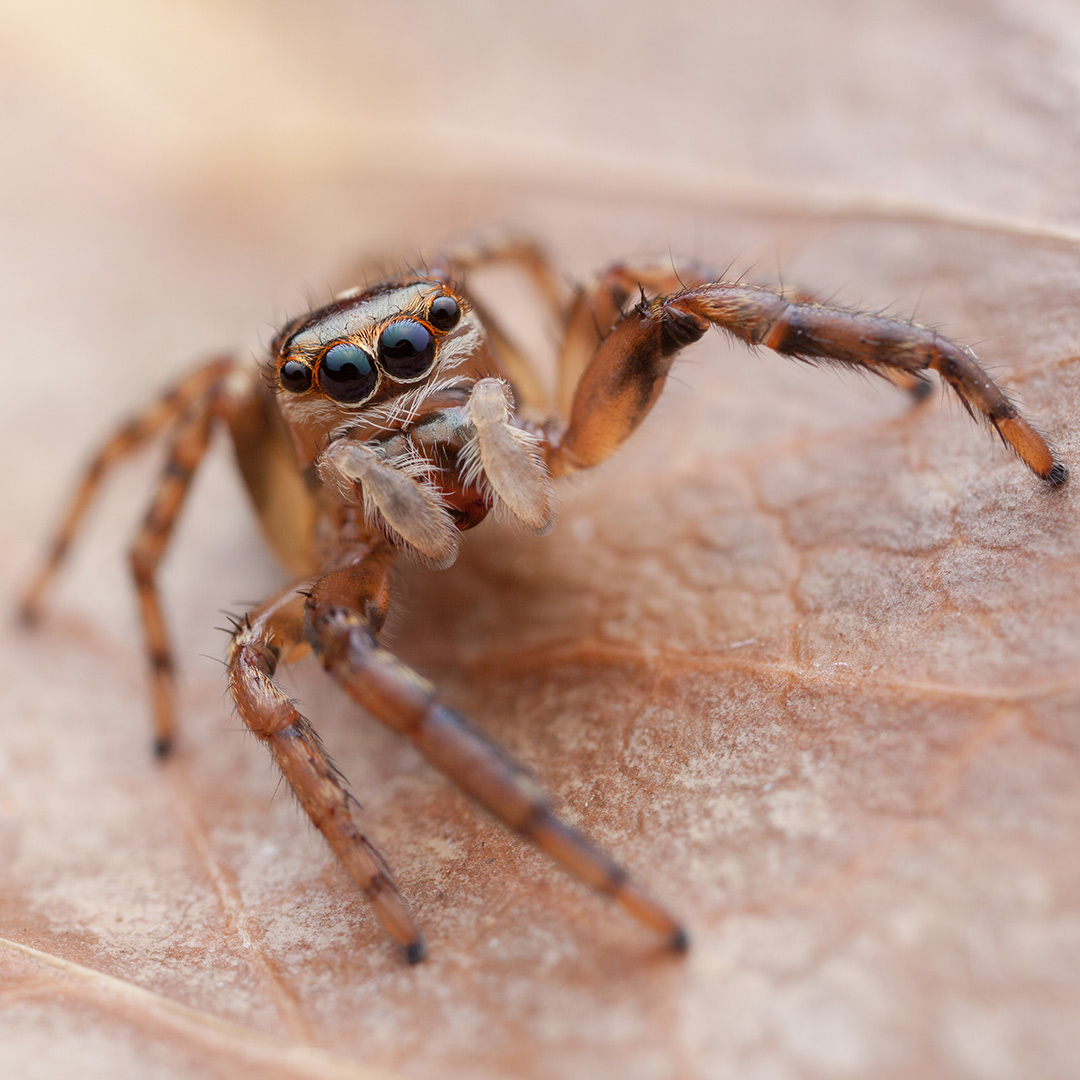
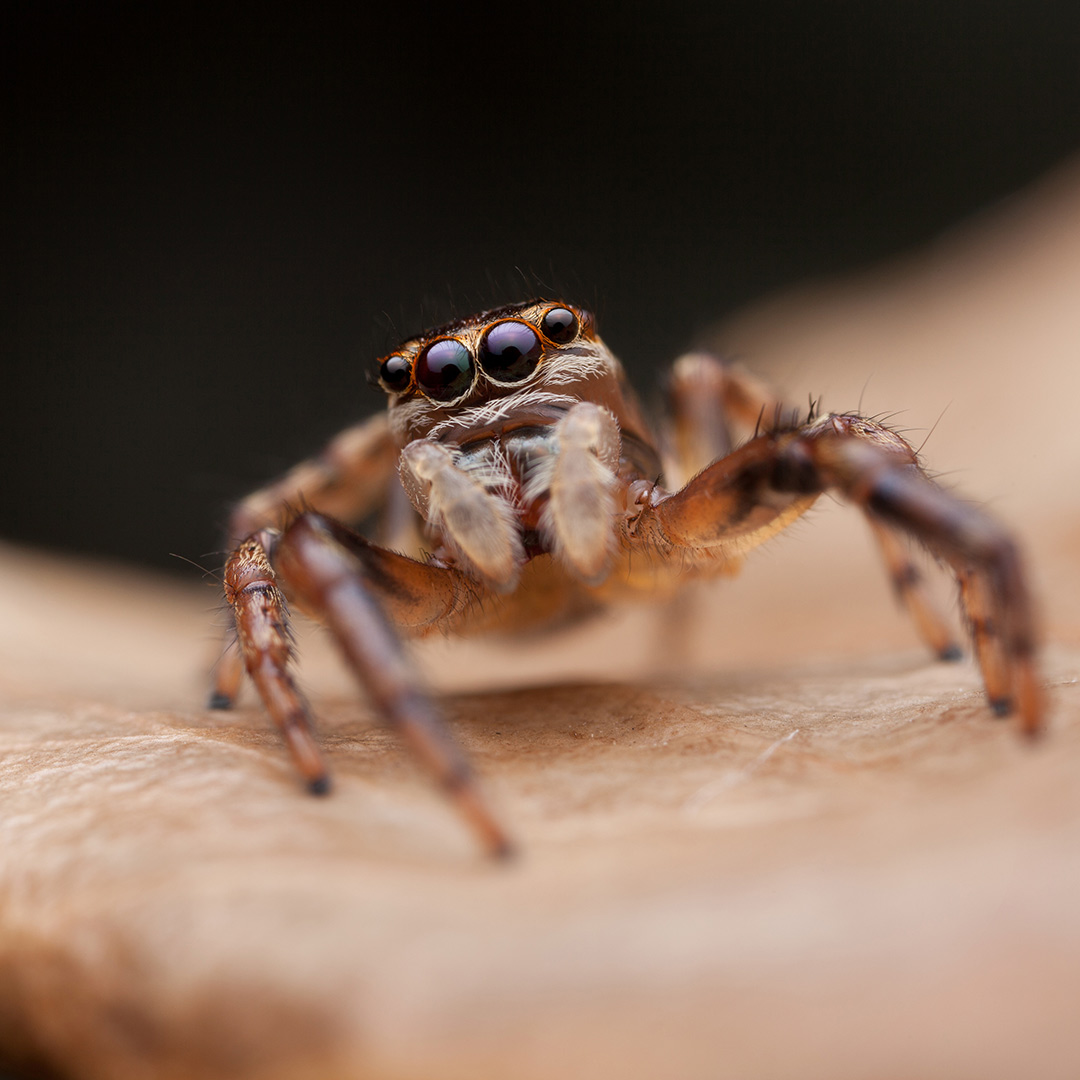
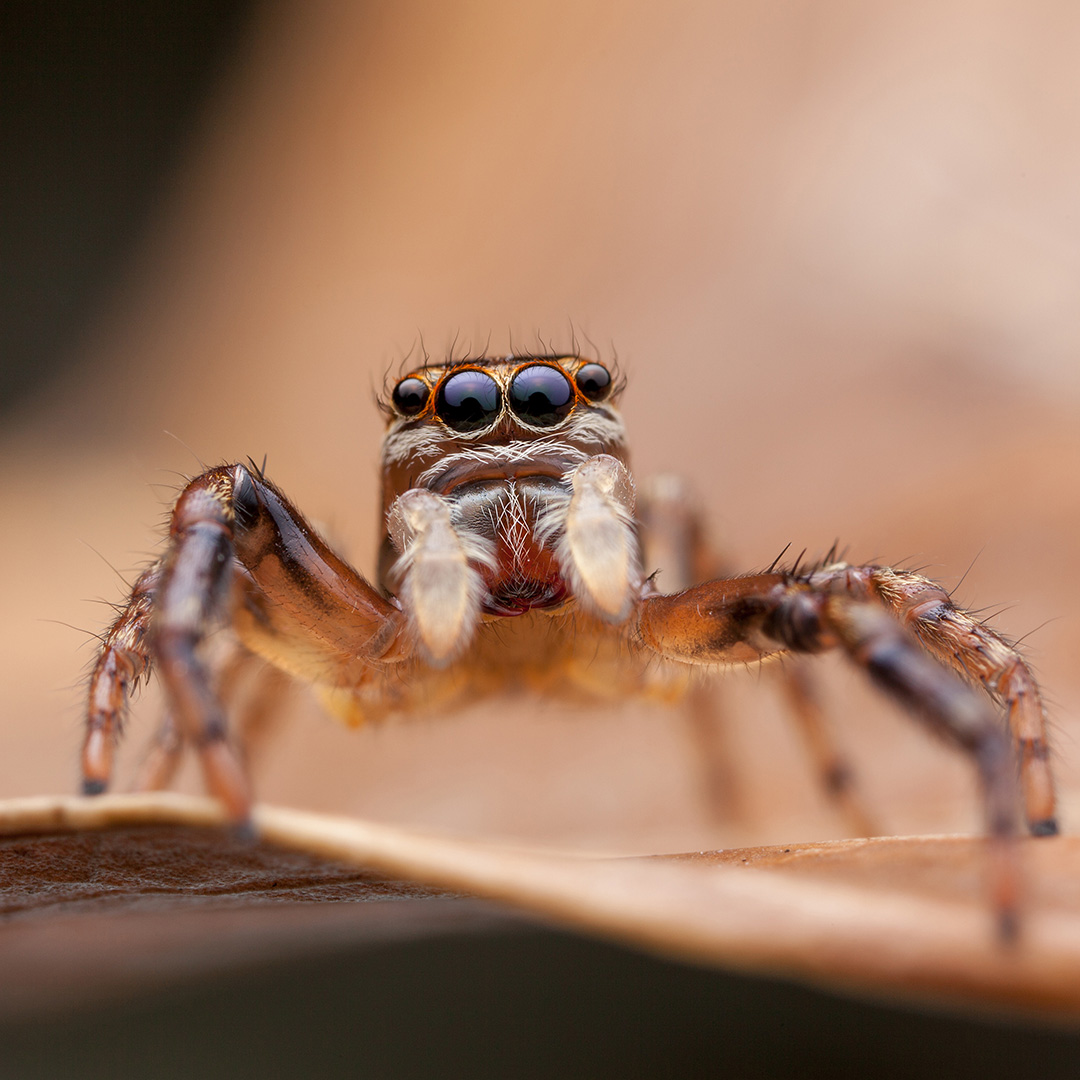
These quick thoughts and example photos can hopefully inspire you to experiment, while trying to get your perfectly blurred background!
Sign up for the newsletter mailing list & free ebook

Did you enjoy these tips and want to learn more or improve your macro photography skills?
Stay up to date with new blog posts, reviews and tutorial- and ebook-releases.
Sign up below to get notified when the free edition of my ebook
‘How to master spider & insect macro photography’ is ready for download.



No Comments